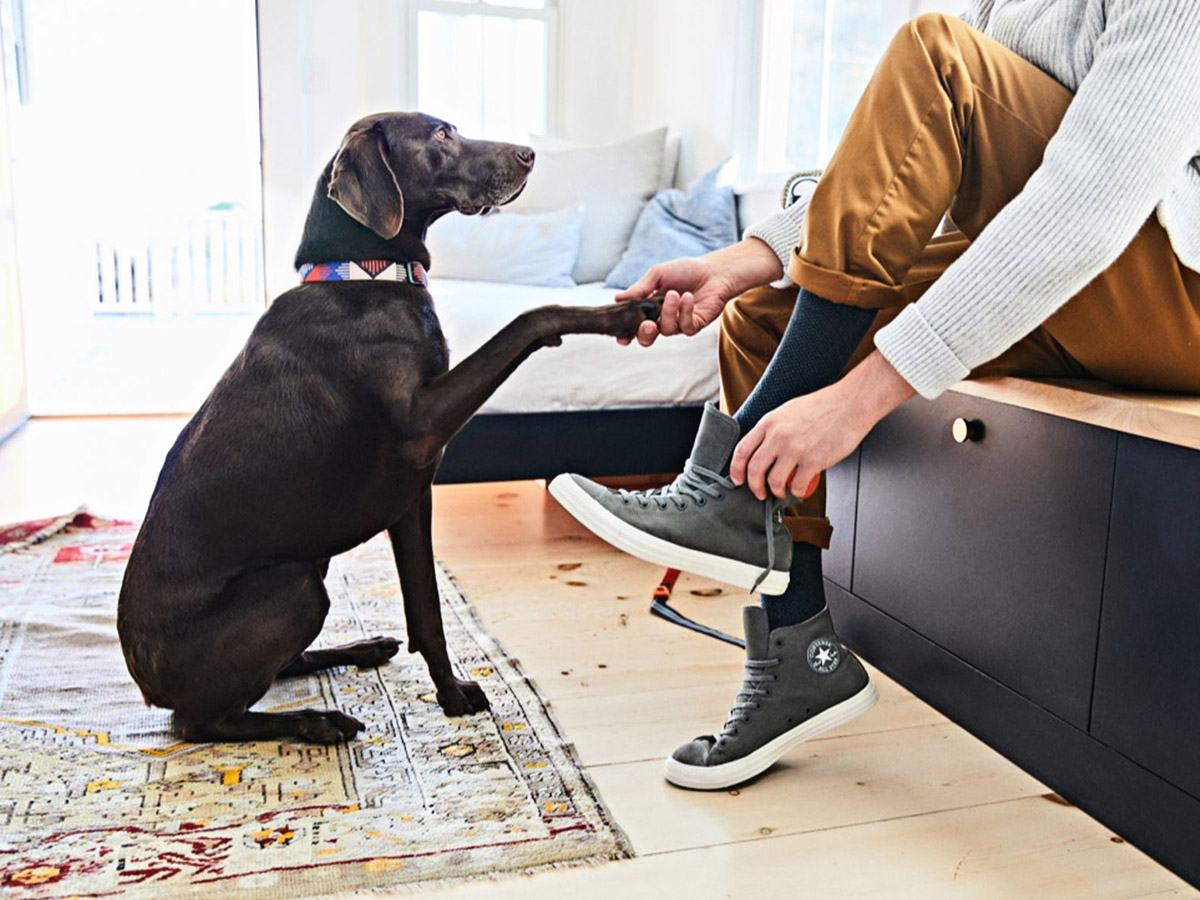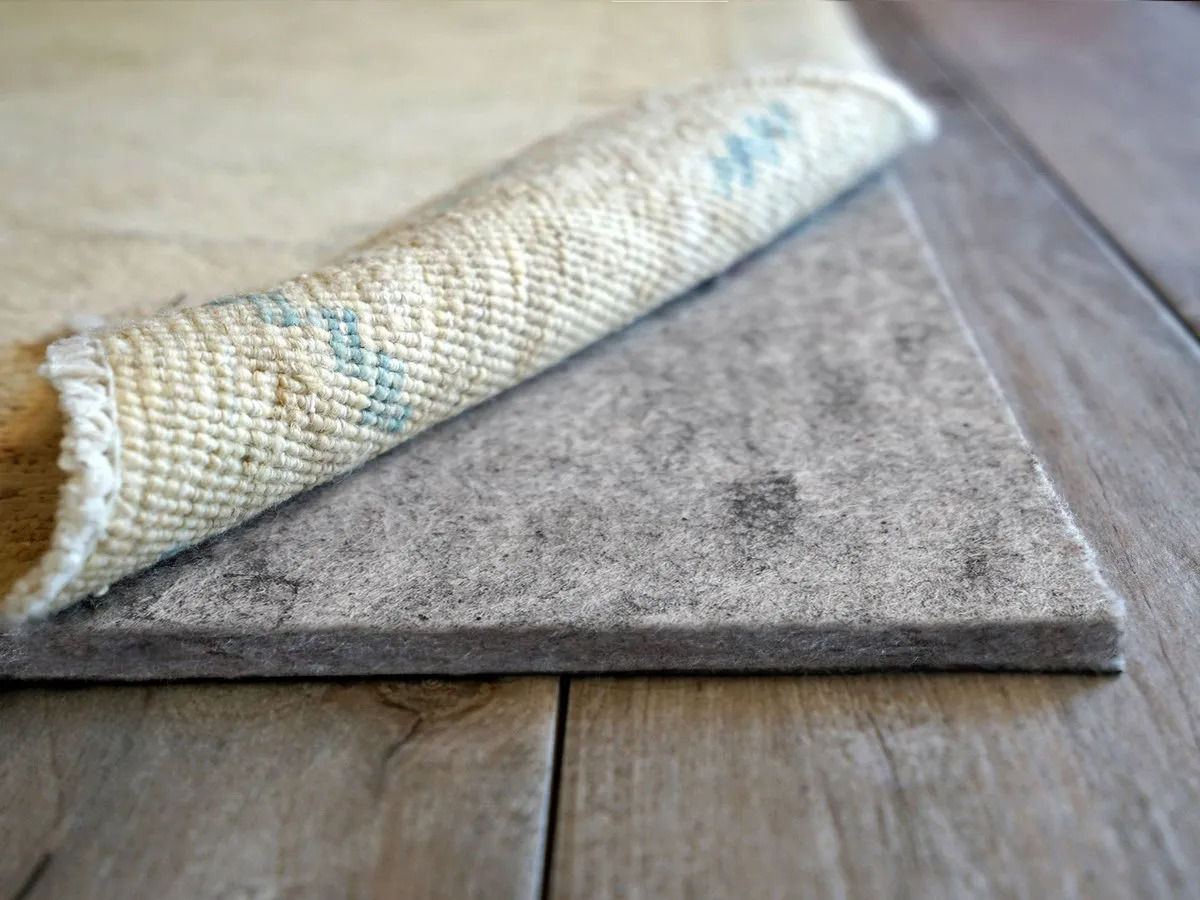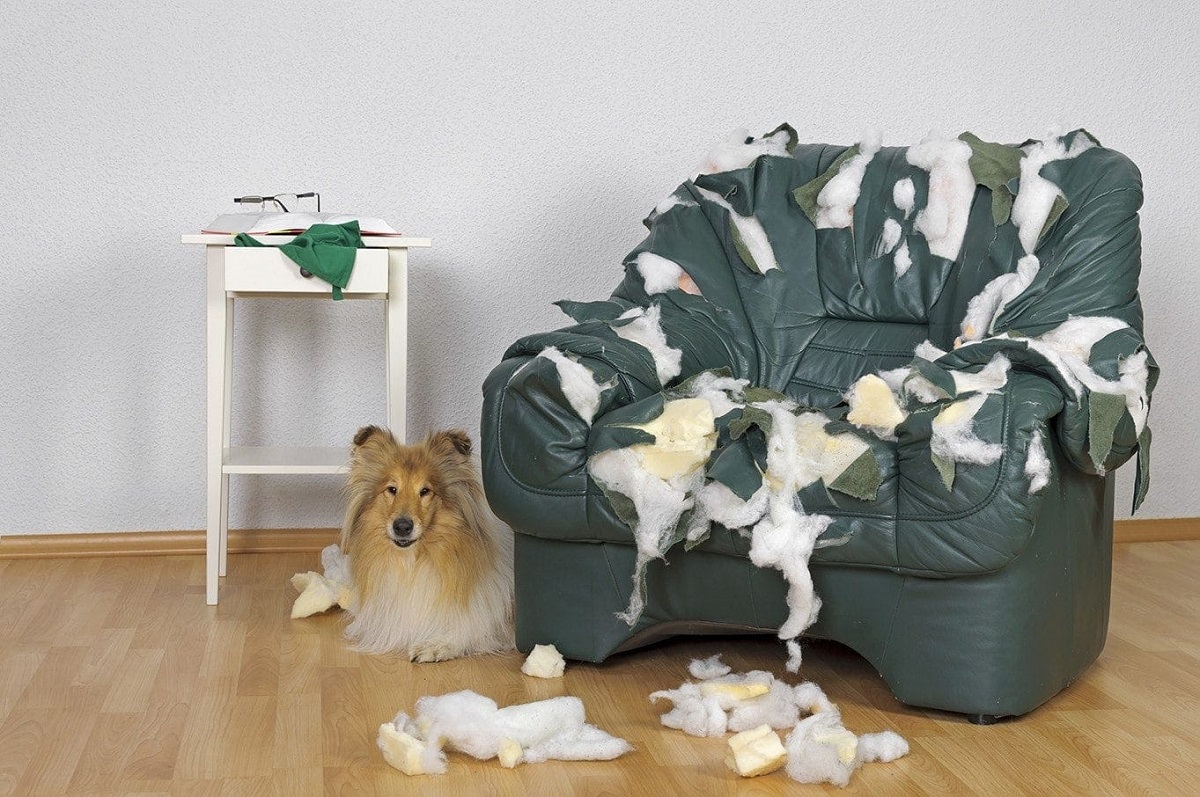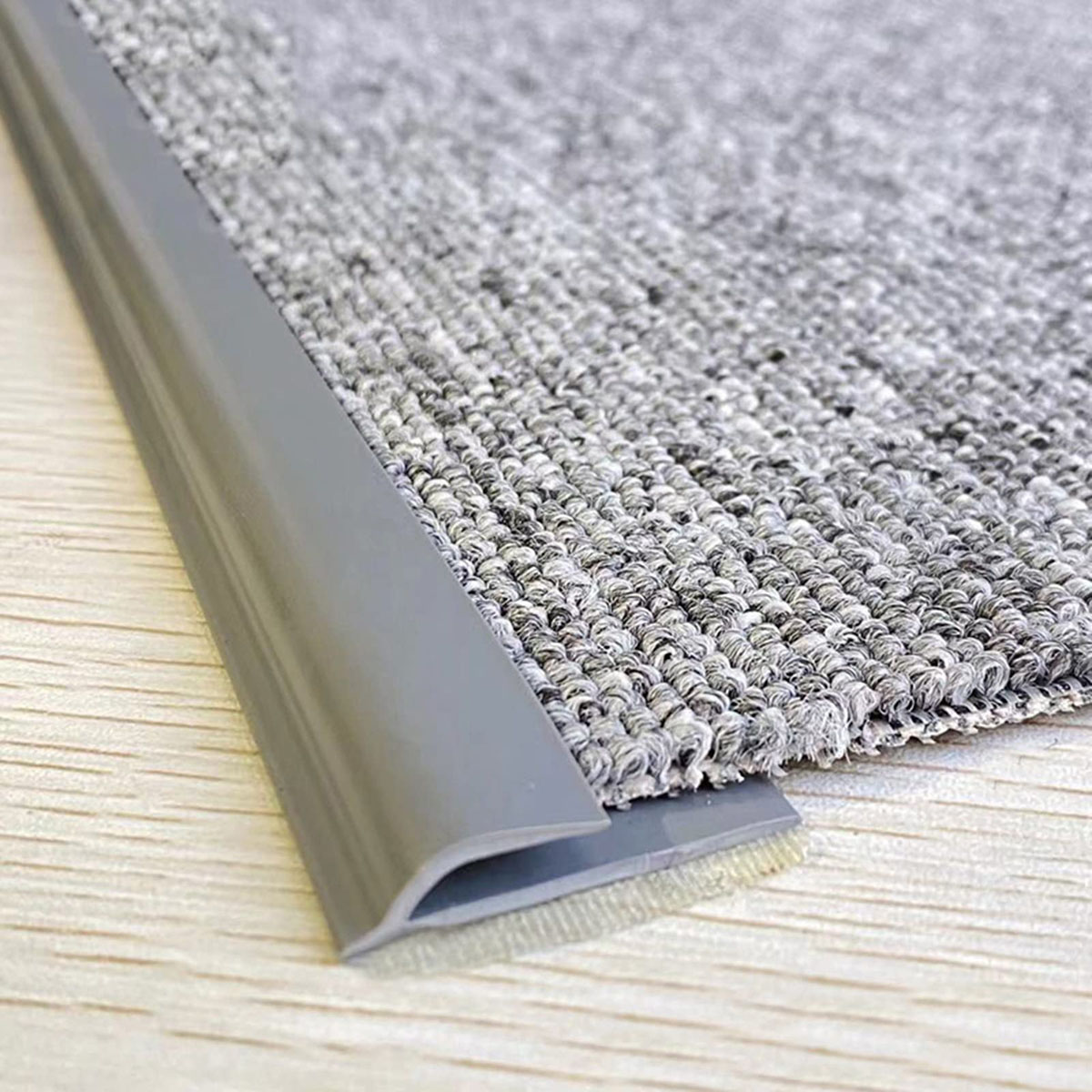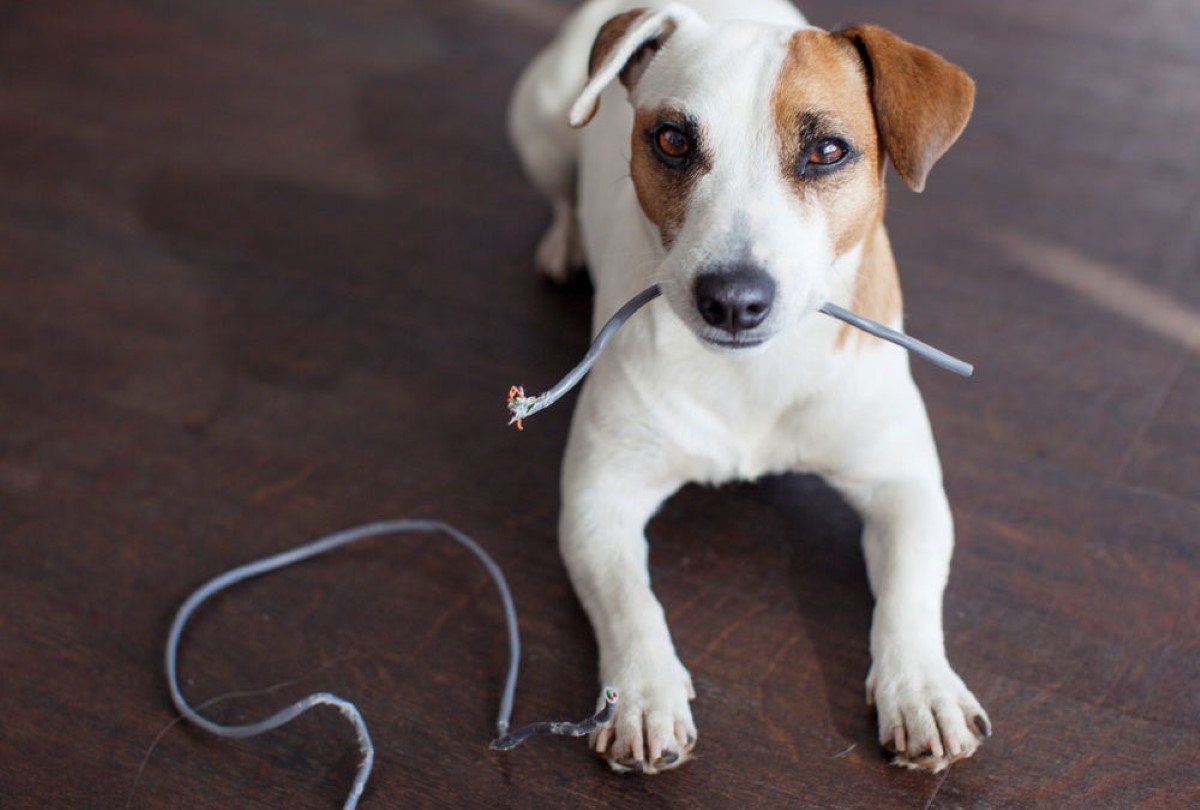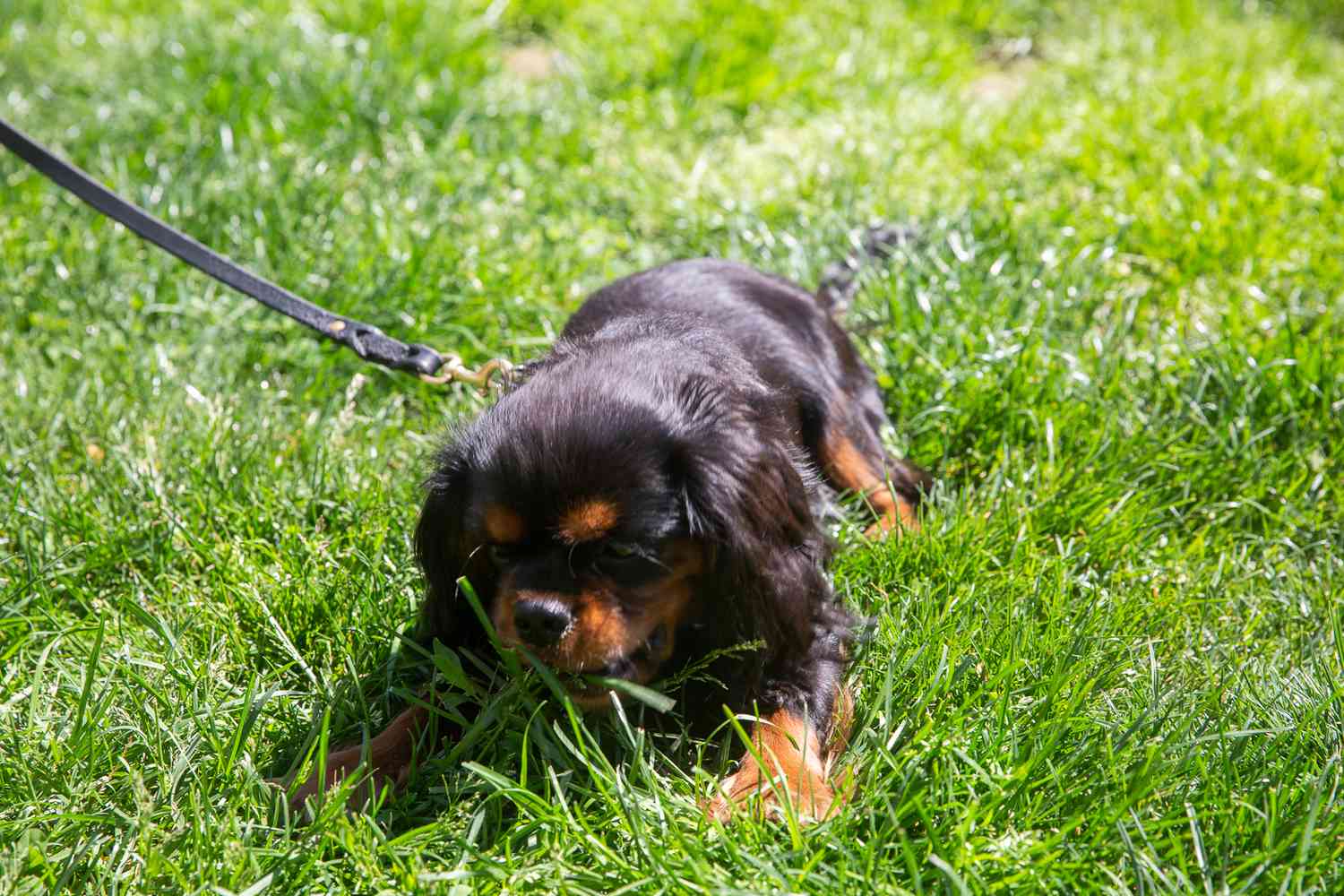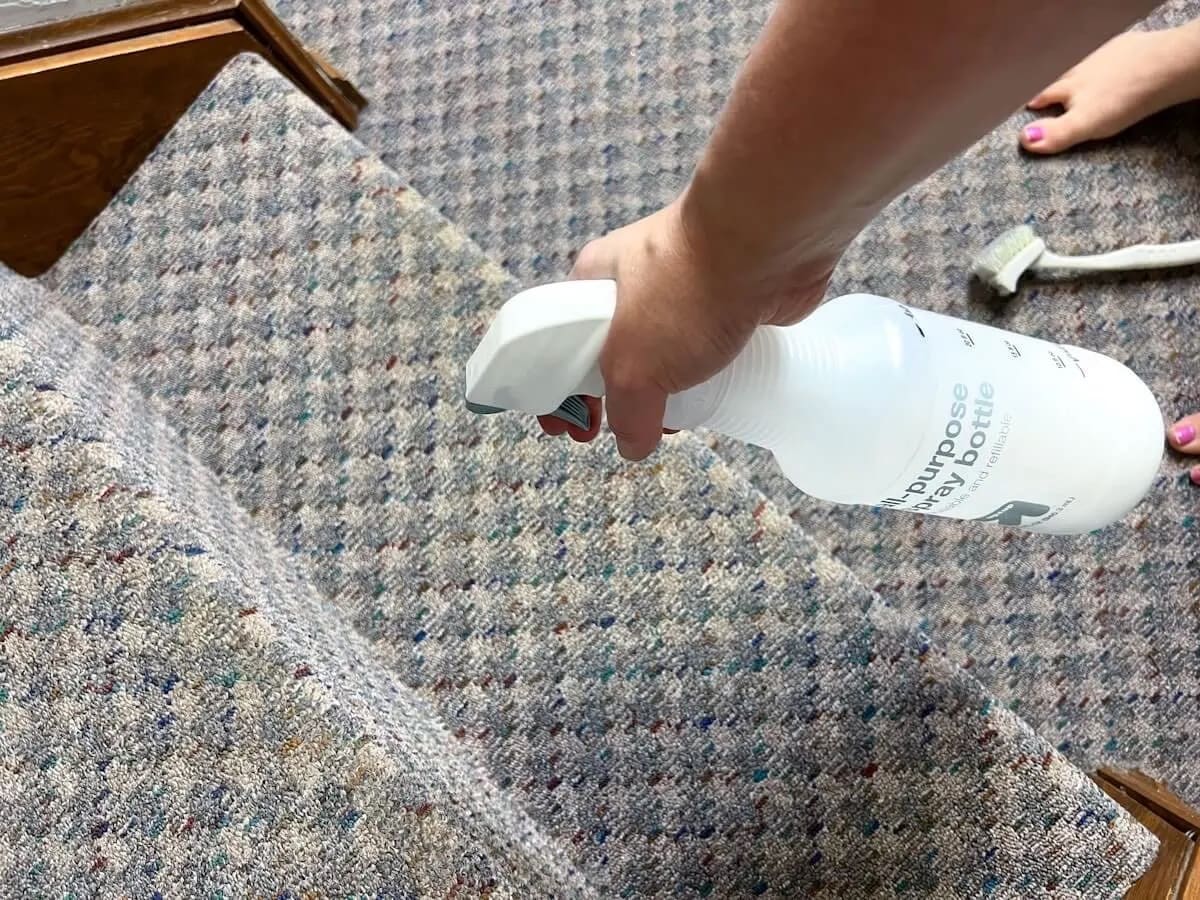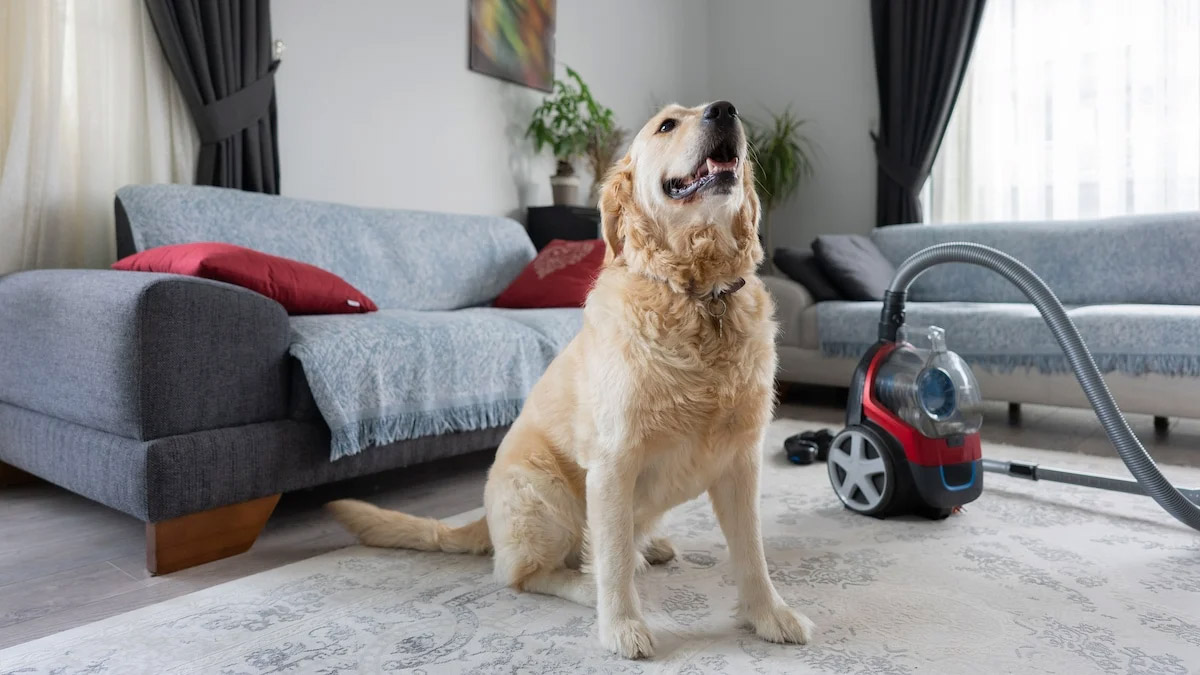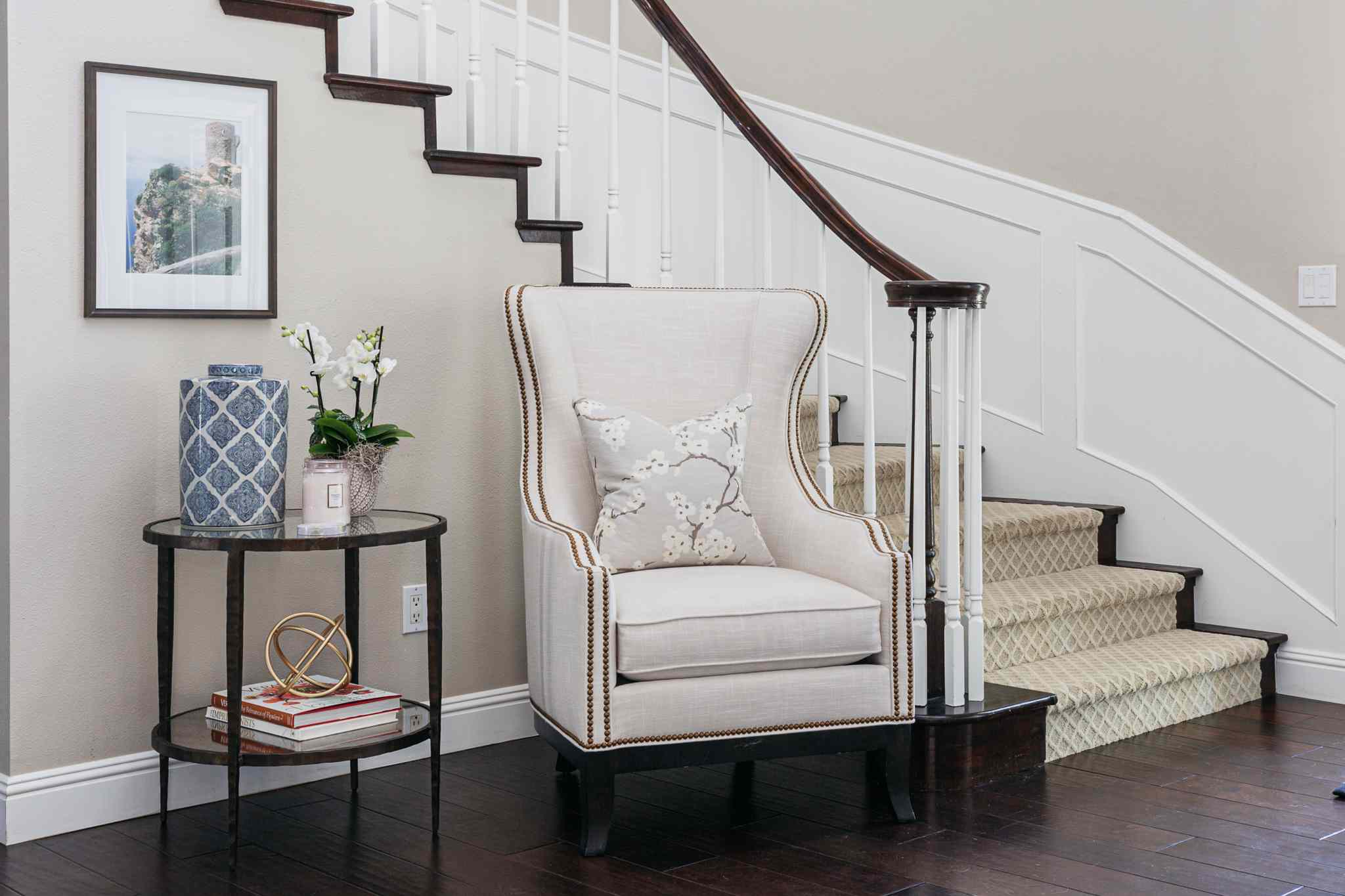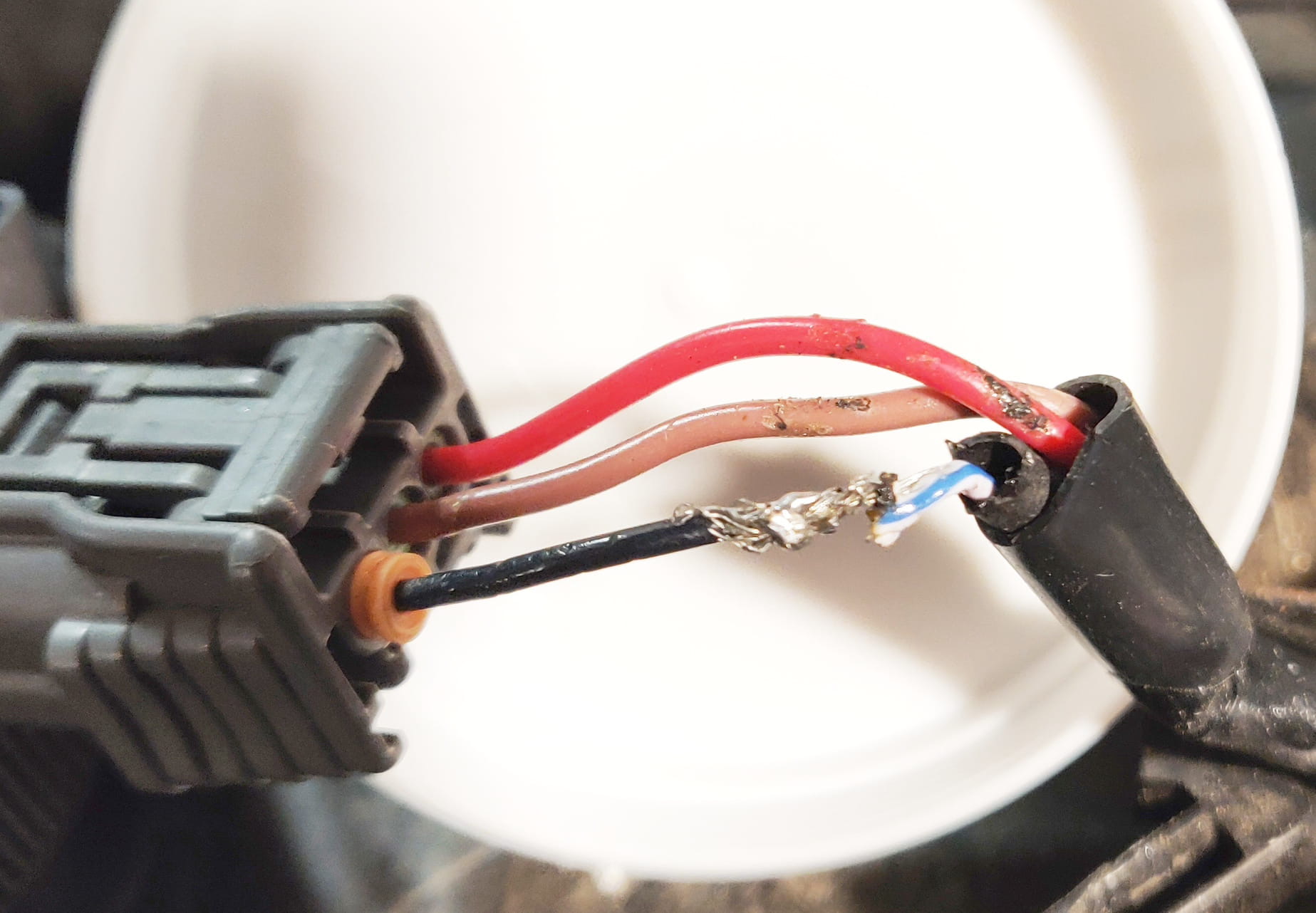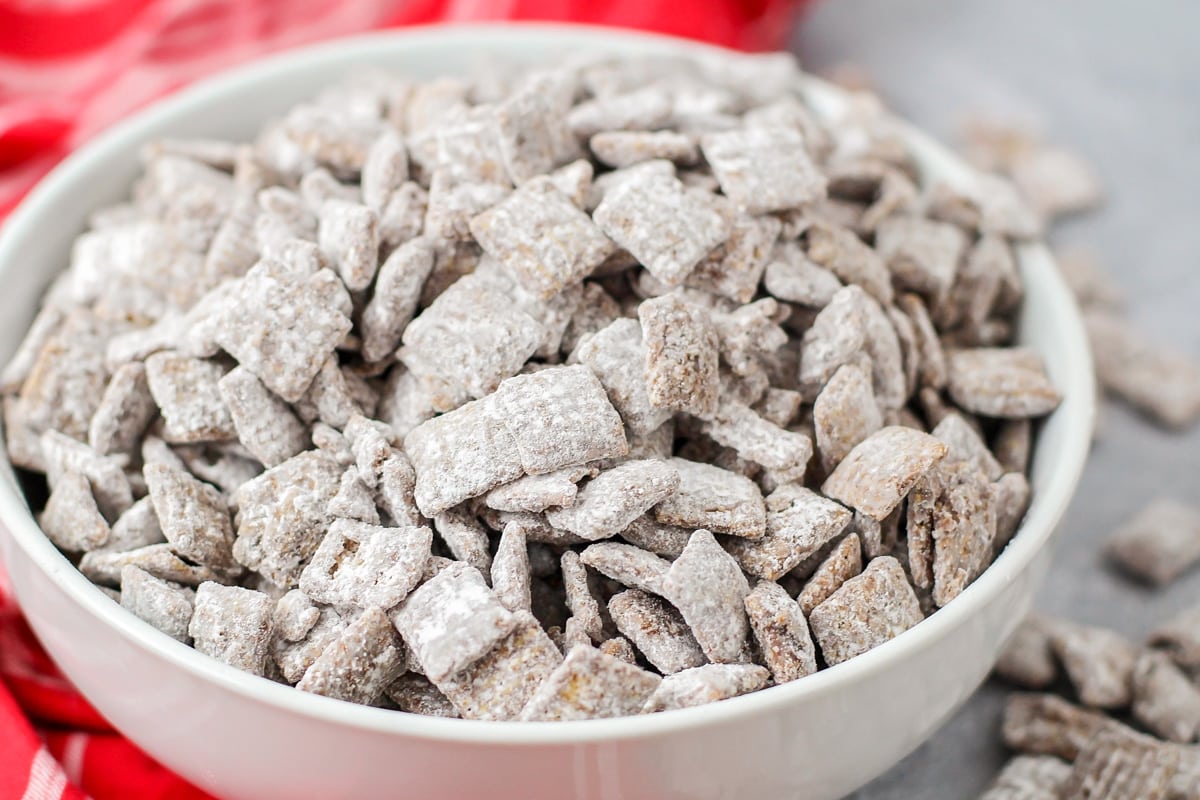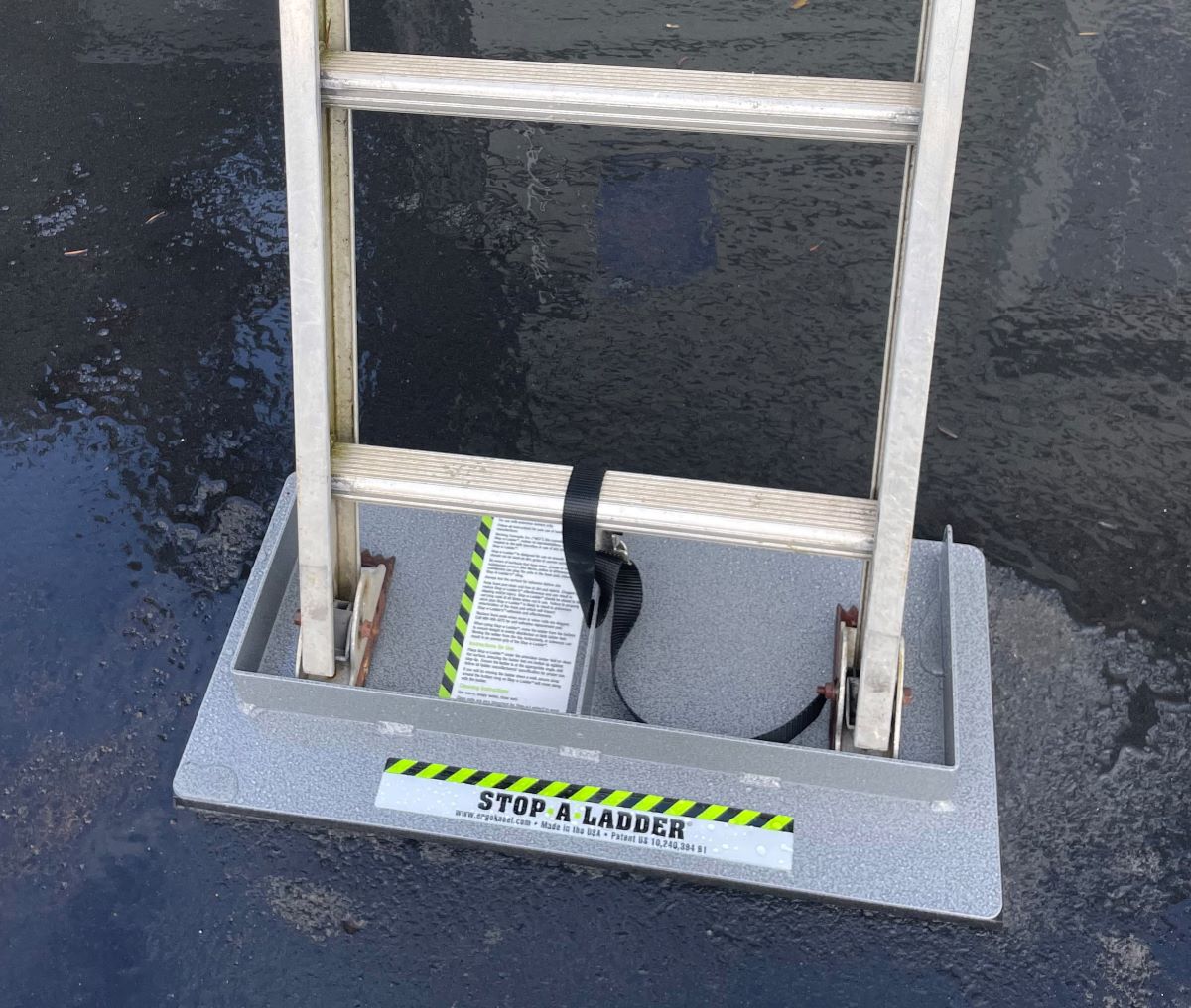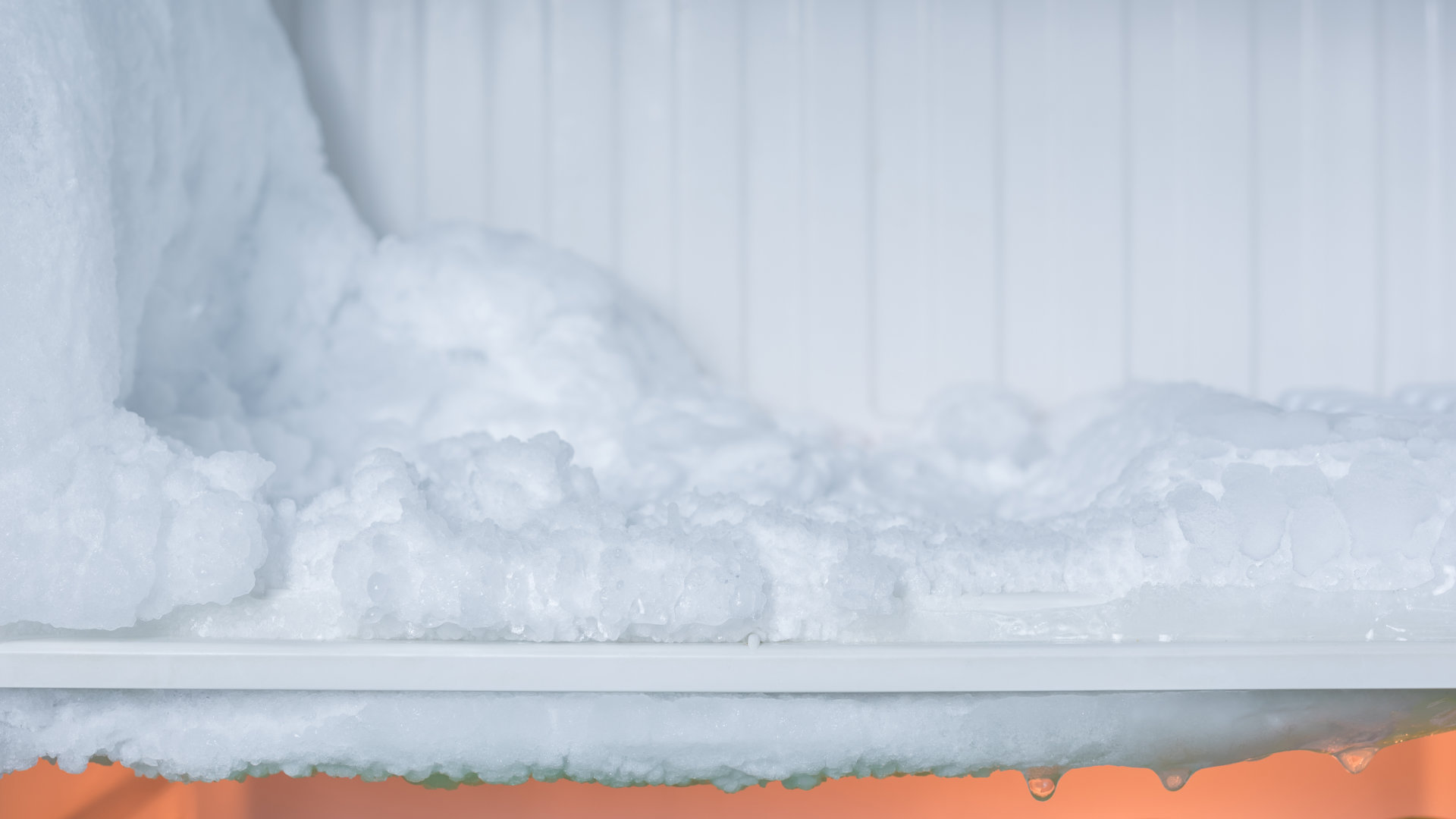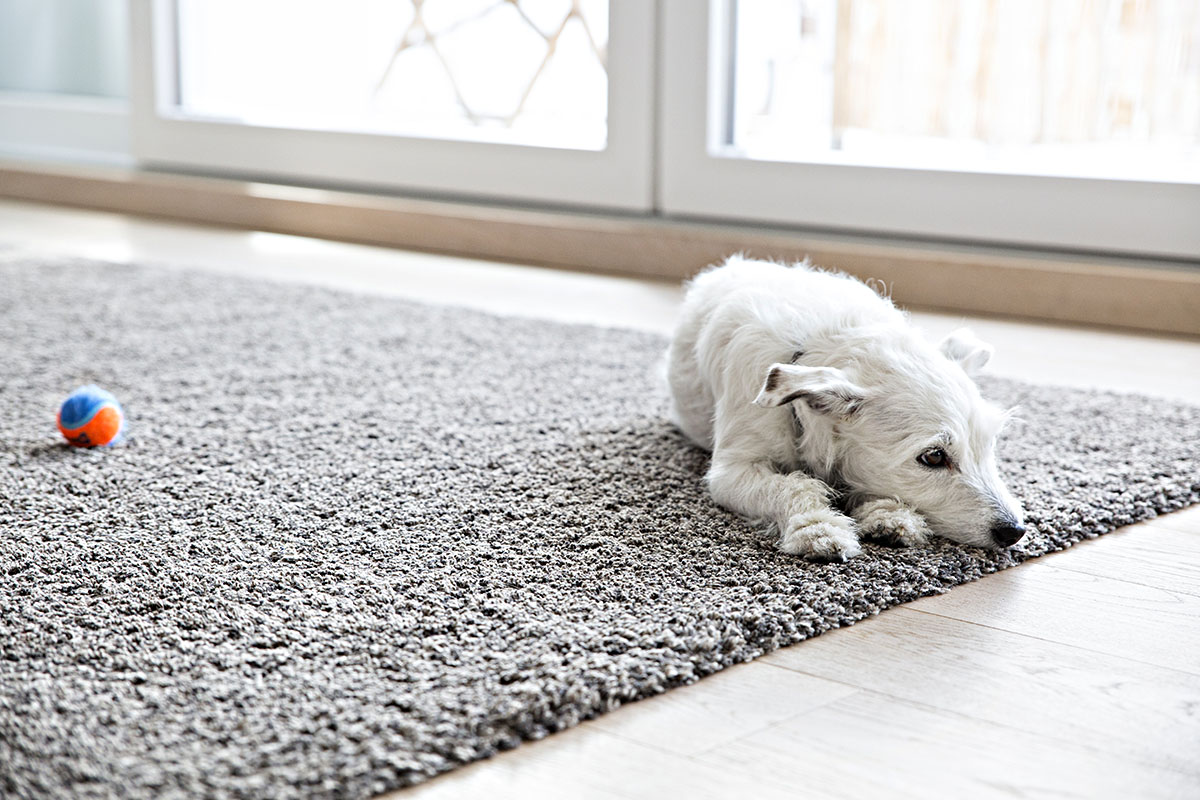

Articles
How To Keep A Puppy From Chewing Carpet
Modified: January 6, 2024
Learn effective techniques to prevent your puppy from chewing on the carpet with these informative articles. Find expert advice and tips to save your carpets and keep your puppy safe.
(Many of the links in this article redirect to a specific reviewed product. Your purchase of these products through affiliate links helps to generate commission for Storables.com, at no extra cost. Learn more)
Introduction
Welcoming a new puppy into your home is an exciting and joyful experience. However, along with the cuteness and playfulness, puppies often have a tendency to explore the world with their mouthing behavior, leading to potential damage to household items like carpets.
Chewing is a natural behavior for puppies, as it helps relieve teething discomfort, aids in oral exploration, and even provides mental stimulation. While it is a normal part of their development, it’s essential to redirect this behavior in order to protect your carpets and create a safe environment for both you and your furry companion.
This article will provide you with practical tips and techniques on how to keep a puppy from chewing on your valuable carpets. By implementing these strategies, you can help your puppy develop appropriate chewing habits and maintain a harmonious living space.
Key Takeaways:
- Practical tips to prevent puppy carpet chewing include providing appropriate chew toys, puppy-proofing the environment, using taste deterrents, and positive reinforcement training. Consistency and patience are key to success.
- Seeking professional help from a dog trainer or behaviorist can provide customized solutions for persistent puppy carpet chewing. Understanding the reasons behind chewing behavior and implementing effective strategies are crucial.
Understanding the Chewing Behavior of Puppies
Before diving into the solutions, it’s important to understand why puppies have a natural tendency to chew. Puppies explore the world through their mouths, much like human babies explore with their hands. Chewing provides stimulation and helps them familiarize themselves with their surroundings.
In addition, puppies undergo teething, which can be a painful process. Just like human infants, puppies experience discomfort as their baby teeth start to fall out and adult teeth come in. Chewing provides relief by massaging the gums and helping new teeth emerge.
It’s crucial to distinguish between normal, healthy chewing and destructive chewing. Normal chewing involves exploring objects, relieving teething discomfort, and strengthening jaw muscles. On the other hand, destructive chewing involves excessive biting and tearing of objects, causing damage and potential hazards.
Now that we understand the reasons behind the chewing behavior of puppies, let’s explore how we can redirect this behavior and prevent them from chewing on your valuable carpets.
Providing Appropriate Chew Toys
One of the most effective ways to prevent puppies from chewing on carpets is by providing them with appropriate chew toys. By offering alternative items to chew on, you can redirect their natural chewing instinct away from your carpets.
When selecting chew toys, make sure to choose those specifically designed for puppies. These toys are typically made of durable materials that can withstand their sharp teeth and provide the necessary stimulation. Look for toys made of rubber or nylon, as they are often more long-lasting.
Texture is also important when choosing chew toys. Opt for toys with different textures, such as ridges or bumps, as they can help soothe their teething discomfort. Additionally, some toys have a cooling effect when frozen, which can further alleviate any pain or inflammation in your puppy’s gums.
Rotate the chew toys regularly to keep your puppy engaged. This will prevent them from becoming bored with a particular toy and seeking out different objects to chew on. Introduce new toys gradually and observe which ones your puppy is more interested in.
Remember, never give your puppy old shoes, socks, or other items that resemble household items. This can confuse them and encourage bad chewing habits on similar-looking objects in the future. Stick to designated chew toys to ensure your puppy understands what is acceptable to chew on.
By providing appropriate chew toys, you not only redirect your puppy’s chewing behavior away from carpets but also promote healthy oral habits and relieve teething discomfort.
Puppy-Proofing the Environment
Puppies are naturally curious and will explore their environment using their mouths. To prevent them from chewing on carpets, it’s crucial to puppy-proof your home and create a safe space for your furry friend.
Start by limiting your puppy’s access to areas with carpets whenever possible. Close doors or use baby gates to block off rooms with carpeted floors. This will eliminate the temptation to chew on carpets and reduce the risk of damage.
Secure loose carpets and rugs by using non-slip pads or double-sided tape. This will prevent them from moving, which can trigger your puppy’s chewing instinct. Additionally, ensure that any frayed carpet edges are repaired or trimmed to remove potential chewable targets.
Keep valuable or fragile items out of your puppy’s reach. Puppies love to explore and may mistake household objects as chew toys. Store items like shoes, cables, and small decorations in closed cabinets or high shelves to prevent any accidents.
Consider using bitter-tasting sprays or deterrents on carpets or other tempting areas. These products have a strong and unpleasant taste that discourages puppies from chewing. However, it’s important to use pet-safe deterrents and follow the instructions carefully to ensure the safety and well-being of your puppy.
Keep an eye on your puppy at all times, especially during the early stages of training. If you notice them showing interest in the carpet, redirect their attention to an appropriate chew toy and reward them for making the right choice.
Consistency is key when puppy-proofing your environment. Gradually increase your puppy’s access to carpeted areas as they learn appropriate chewing behavior and demonstrate self-control. Always supervise your puppy during the early stages to prevent any potential accidents.
By taking the necessary precautions, you can create a safe and carpet-friendly living space for your puppy, reducing the risk of damage and promoting positive chewing habits.
Provide plenty of appropriate chew toys and bones for your puppy to redirect their chewing behavior. Supervise them closely and use positive reinforcement when they chew on the correct items.
Using Taste Deterrents
Taste deterrents can be a useful tool in preventing puppies from chewing on carpets. These products are designed to have a bitter or unpleasant taste, which deters puppies from mouthing or chewing on objects treated with them.
Start by choosing a taste deterrent that is safe to use around pets. There are several commercially available options specifically designed for dogs, which are non-toxic and harmless when ingested in small amounts. Make sure to read the product labels and follow the instructions carefully.
Before applying the taste deterrent, clean the carpet thoroughly using pet-friendly cleaning products. This removes any residual smells or tastes that may attract your puppy to chew on the carpet in the first place.
Apply the taste deterrent according to the instructions on the product. Spray or dab the deterrent on a small and inconspicuous area of the carpet that your puppy is showing interest in. Allow the deterrent to dry completely before allowing your puppy access to that area.
Observe your puppy’s reaction when they encounter the treated area. They are likely to recoil from the taste, which reinforces that the carpet is not a desirable chewing option. However, keep in mind that taste deterrents may not work for every puppy, as individual preferences and sensitivities may vary.
Reapply the taste deterrent as needed, especially in areas where your puppy continues to show interest. Remember to regularly test the treated area to ensure the deterrent’s effectiveness. Over time, as your puppy learns to associate the carpet with an unpleasant taste, they will be less inclined to chew on it.
It’s important to note that taste deterrents are not a standalone solution. Using them in conjunction with other strategies, such as providing appropriate chew toys and puppy-proofing the environment, will yield the best results.
By utilizing taste deterrents, you can help discourage your puppy from chewing on carpets and redirect their attention to more appropriate chewing options.
Read more: How To Keep Rugs From Moving On Carpet
Positive Reinforcement Training Techniques
In addition to providing appropriate chew toys and using taste deterrents, positive reinforcement training techniques can be highly effective in teaching your puppy not to chew on carpets.
The key to positive reinforcement training is rewarding desired behaviors and redirecting unwanted behaviors in a positive and encouraging manner. Here’s how you can incorporate this training technique into preventing your puppy from chewing on carpets:
1. Teach the “Leave It” Command: Start by teaching your puppy the “leave it” command, which will allow you to redirect their attention away from the carpet. Use treats or toys as distractions and reward your puppy when they respond to the command by moving away from the carpet.
2. Reward Appropriate Chewing Behavior: When you see your puppy chewing on an appropriate chew toy, praise and reward them with treats or verbal praise. This reinforces the idea that chewing on the toy is a positive and rewarding behavior.
3. Redirect and Distract: If you catch your puppy attempting to chew on the carpet, calmly and gently redirect their attention to an appropriate chew toy. Encourage them to engage with the toy by making it more appealing, such as by applying a small amount of peanut butter or treats.
4. Consistency and Timing: Consistency is crucial in training your puppy. Be consistent in your commands, rewards, and redirections. Also, timing is essential. Make sure to reward and redirect your puppy immediately after they exhibit the desired behavior or when they stop chewing on the carpet.
5. Use Positive Reinforcement Tools: Consider using clickers or verbal markers to reinforce positive behaviors. These tools associate a distinct sound with positive reinforcement, signaling to your puppy that they have done something right.
Remember, positive reinforcement training should always focus on rewarding desired behaviors rather than punishing unwanted ones. Avoid using physical punishments or harsh methods, as they can lead to fear or anxiety in your puppy.
With patience, consistent training, and positive reinforcement techniques, you can teach your puppy to understand what is appropriate to chew on and ultimately deter them from chewing on your valuable carpets.
Seeking Professional Help if Needed
If despite your best efforts, your puppy continues to exhibit persistent chewing behavior on carpets, it may be beneficial to seek professional help from a dog trainer or behaviorist. These professionals specialize in understanding and modifying canine behaviors, including chewing tendencies.
A professional dog trainer or behaviorist will be able to assess your puppy’s chewing behavior and develop a customized training plan to address the issue. They can identify any underlying causes or triggers and provide guidance on how to effectively redirect the behavior.
During a consultation, the trainer or behaviorist may observe your puppy’s behavior, ask you questions about their daily routine, and provide you with specific techniques or exercises to discourage carpet chewing. They may also suggest additional training methods or recommend specific chew toys or products that could be helpful.
Additionally, a professional can assist in identifying any potential behavioral issues that may be contributing to the chewing behavior. It’s important to rule out any medical conditions or separation anxiety that could be fueling the behavior.
Remember, seeking professional help does not mean you have failed as a pet owner. It simply means that you recognize the importance of addressing the issue and want to ensure your puppy develops appropriate chewing habits.
Working with a professional can provide you with the knowledge and tools to effectively address the chewing behavior, minimize damage to your carpets, and create a harmonious living environment for both you and your furry companion.
Conclusion
Dealing with a puppy’s chewing behavior on carpets can be challenging, but with the right strategies and techniques, it is possible to prevent and redirect this behavior. By understanding the reasons behind their chewing habits, providing appropriate chew toys, puppy-proofing the environment, using taste deterrents, and implementing positive reinforcement training, you can effectively discourage your puppy from chewing on carpets.
Remember, consistency is key throughout the training process. Reinforce positive behaviors, redirect your puppy’s attention when needed, and always provide them with appropriate alternatives to chew on. Be patient and understanding, as puppies are still learning and developing proper habits.
If all else fails, don’t hesitate to seek professional help from a dog trainer or behaviorist. They can offer additional guidance and support tailored to your puppy’s specific needs.
By implementing these strategies and seeking assistance when necessary, you can successfully keep your puppy from chewing on your valuable carpets while fostering a healthy and happy relationship with your furry friend.
So, take the necessary steps, remain consistent, and enjoy watching your puppy grow into a well-behaved companion who understands the difference between appropriate and inappropriate chewing behavior.
Frequently Asked Questions about How To Keep A Puppy From Chewing Carpet
Was this page helpful?
At Storables.com, we guarantee accurate and reliable information. Our content, validated by Expert Board Contributors, is crafted following stringent Editorial Policies. We're committed to providing you with well-researched, expert-backed insights for all your informational needs.
